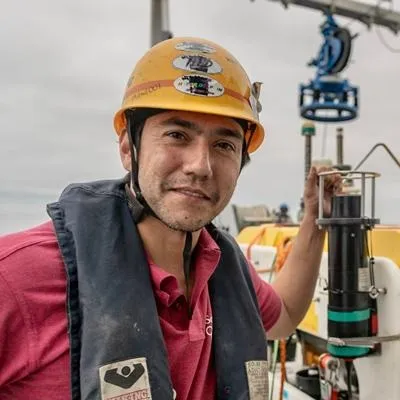Project overview
This technology transfer collaboration investigated crossovers between the hardware and data processing methods used by BioCam and Voyis imaging systems, and investigated whether the Voyis commercial imaging units mounted on < 100 kg class compact AUVs like the UoS Smarty 200 platform can contribute to coastal conservation. The following was investigated:
• How sharing of real-time processing methods developed by Voyis and UoS/Sonardyne can improve data acquisition of the respective systems (e.g. fast laser acquisition, accurate colour correction)
• How UoS in situ calibration methods can be applied to Voyis imaging hardware for whole-map uncertainty characterisation
• How UoS rapid post-processing methods can be applied to combine Voyis laser bathymetry with strobed imagery based on Sonardyne doppler aided inertial navigation .
• Automated interpretation of Voyis imagery using UoS machine learning methods for rapid scene understanding
• Demonstrate coastal conservation application using the <100kg class compact hover-capable UoS Smarty 200 AUV
• How sharing of real-time processing methods developed by Voyis and UoS/Sonardyne can improve data acquisition of the respective systems (e.g. fast laser acquisition, accurate colour correction)
• How UoS in situ calibration methods can be applied to Voyis imaging hardware for whole-map uncertainty characterisation
• How UoS rapid post-processing methods can be applied to combine Voyis laser bathymetry with strobed imagery based on Sonardyne doppler aided inertial navigation .
• Automated interpretation of Voyis imagery using UoS machine learning methods for rapid scene understanding
• Demonstrate coastal conservation application using the <100kg class compact hover-capable UoS Smarty 200 AUV

